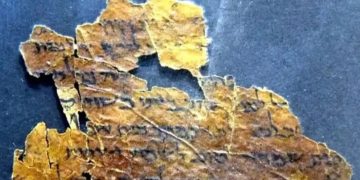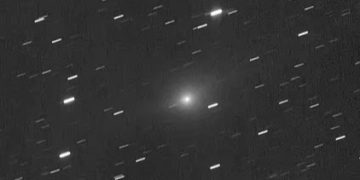AN AMATEUR photographer has shared his eerie experience with an alien-like fungus that resembles a ghoulish hand reaching out from a grave.
Julia Rosser stumbled across the rare sight in the New Forest, Hampshire.

Julia Rosser, an amateur photographer, photographed the bright red fungi known as Devil’s Fingers[/caption]

He found it in the New Forest, Hants[/caption]

The bizarre fungus can reach up to 5cm high[/caption]

They first appeared in the UK more than 70 years ago[/caption]
The bright red fungi is known as Devil’s Fingers due to its spindly tentacles that protrude from the ground.
It gives off a rotting flesh-like smell to attract flies and insects which it feeds on.
It is usually found in late October but has appeared early due to the wet weather.
Mrs Rosser, 67, a retired teacher from Bournemouth, said: “I have found Devil’s Fingers in roughly the same area last year so I was on the lookout for them.
“They burst out of the ground with these red tentacles or fingers.
“This one looked more like a hand than any I have ever seen before. It looked like it was reaching out from beyond the grave.
“It looked very creepy.”
The fungi is native to New Zealand and Australia and is believed to have been brought to France during the First World War in military supplies.
They first appeared in the UK more than 70 years ago, but sightings are uncommon and they are a sought-after find among mycologists.
They were reportedly brought over to the country by Australian soldiers in World War II.
This explains why they are commonly found in the New Forest and other areas in southern England that were used by the military in 1942.
The bright red fungi emerge from partially buried cream-coloured eggs and can sprout between four to eight bright red tentacles or fingers.
The bizarre fungus can reach up to 5cm high, with its tentacles stretching a staggering 7cm, according to Dorset Wildlife Trust.
They are also known as Octopus Stinkhorns because of the rotting smell they emit to attract their prey.
The bright red fungi is not said to be toxic but usually keeps people away with its foul smell.
The alien-like fungus was last spotted in the wild in 1999.
SMELL OF DEATH
The mushroom is a clever one though, its putrid-smelling slime attracts flies who help to spread their spores.
Mycologist Andrew N. Miller, Ph.D told Inverse: “Flies come to the top of the stinkhorn and they eat that mucus.
They’re basically not only eating spores — they’re getting spores all over their wings and feet, then the fly flies off and disperses the spores for the fungus.”
The species is from the southern hemisphere and was first discovered in Britain in 1914.
Charlotte Targett, Living Landscape Assistant at Avon Wildlife Trust, who first spotted the fungus, said: “I didn’t know what it was when I first saw it.
“It looked like some sort of strange sea creature.”
She added that the team was “really astonished” after discovering it.
Conservation colleague Joe McSorley, whom she was with at the time was then able to identify it.
He said: “We were surprised to find devil’s fingers fungi as it’s a rare find in the UK, with only two known records from our region, both from 1999.
“Careful conservation management over the years means that Dolebury Warren is particularly rich in fungal species.”





























